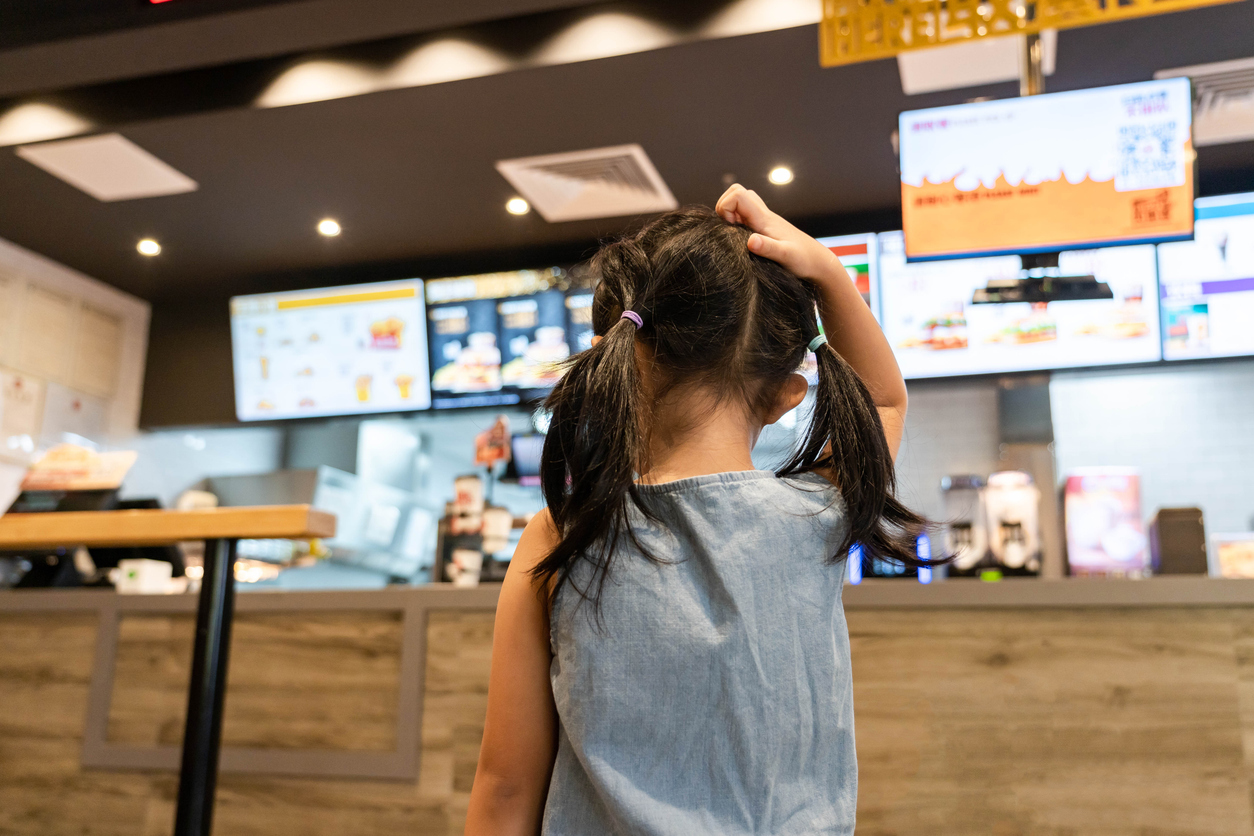A single disrupted delivery can cascade into dozens of unhappy customers, wasted ingredients, and hours of crisis management for your restaurant team. Supply chain challenges – from inconsistent produce quality to unpredictable delivery times – directly impact your ability to serve guests and maintain profitability. According to Gartner research, high-performing organizations use AI/ML for logistics and distribution at more than triple the rate of their lower-performing peers (27% versus 8%), demonstrating the growing competitive advantage of intelligent supply chain optimization.
At Checkmate, we work with restaurants facing these challenges daily. Artificial intelligence is transforming how restaurants manage their supply chains, offering data-driven solutions for common pain points like inventory management, delivery timing, and demand forecasting. Let's explore practical ways AI can optimize your restaurant's supply chain operations.
Demand Forecasting
Effective demand forecasting prevents stockouts and overordering. Traditional forecasting methods often fall short because they can't process the complexity of factors affecting restaurant demand.
Modern AI systems analyze:
- Historical sales data broken down by daypart, day of week, and season
- Local events and weather patterns
- Price sensitivity across menu items
- Customer behavior patterns and preferences
By processing these variables simultaneously, AI helps your team make more informed purchasing decisions. For instance, the system might detect that your weekend brunch traffic drops 30% during local sporting events, allowing you to adjust orders accordingly.
Supplier Selection And Management
Smart supplier management is about more than finding the lowest price. Restaurant operators know the pain of managing multiple suppliers with their own ordering systems, delivery schedules, and quality standards. Add in the complexity of managing backup suppliers for critical ingredients, negotiating prices across different volume tiers, and staying on top of food safety certifications, and supplier management becomes a full-time job.
AI transforms supplier relationships by:
- Tracking delivery accuracy and quality consistency over time
- Comparing pricing trends across multiple suppliers
- Monitoring food safety compliance and certification status
- Identifying potential supply chain risks before they impact operations
This systematic approach helps restaurant operators make data-driven decisions about supplier partnerships. The system can flag when a supplier's quality metrics begin to slip or identify opportunities to consolidate orders for better pricing.
Inventory Optimization
Every item in your inventory represents tied-up capital that could be invested elsewhere. With rising food costs, restaurants can't afford to guess at periodic automatic replacement (PAR) levels. Traditional levels often fail to account for variations in shelf life, seasonal demand, and prep time.
AI-driven inventory optimization helps balance the competing needs of availability and efficiency by:
- Calculating optimal PAR levels based on actual usage patterns
- Predicting shelf life for perishable items and suggesting usage priorities
- Suggesting cross-utilization opportunities for ingredients
- Automating reorder points based on delivery schedules and prep times
- Tracking inventory movement across storage locations and stages of preparation
Menu Engineering
Your menu is your primary sales tool, and AI can help optimize its performance. Beyond basic food cost calculations, modern menu engineering needs to account for operational complexity and guest preferences. AI analyzes:
- Which menu items drive repeat visits vs. one-time purchases
- How menu item placement impacts sales performance
- Which items have complementary purchasing patterns
- Where prep bottlenecks occur during peak periods
- Which prices can be adjusted without impacting demand
This deeper understanding of menu performance helps restaurants increase profits while maintaining guest satisfaction and kitchen efficiency.
Logistics And Delivery Management
The use of artificial intelligence allows restaurants to facilitate routes and make it feasible to track real-time delivery. With delivery making up an increasing share of restaurant sales, optimizing these operations is crucial. AI improves delivery by:
- Predicting prep times based on the current kitchen load
- Adjusting delivery zones based on real-time conditions
- Optimizing driver routes for multiple orders
- Identifying potential delays before they impact guests
- Coordinating timing across multiple delivery platforms
Restaurants using AI-driven delivery management can streamline more of the process, improve on-time delivery rates, and drive higher customer satisfaction scores.
Customer Insights And Personalization
AI analyzes customer data to provide thoughtful information regarding their preferences and buying trends. Based on this information, restaurants can track the food served and the number of times consumers visit.
Armed with such information, restaurants can craft even more targeted campaigns-for example, offer discounts on menu favorites or targeted promotions to come back. The most successful restaurants often apply personalized experiences, such as customized emails based on past orders.
Focusing on customer insights, it may be able to create unique dining experiences appealing to its target market and thus find patronage. Restaurants enhance customer satisfaction and increase revenue by making their customers feel valued when they provide for their preferences. Generally, restaurants can build long-lasting bonds and stronger connections with their patrons through consumer insights.
Sustainability Initiatives
AI will be the most effective and helpful supporter of sustainable restaurant operations in reducing waste and optimizing usage patterns. For example, AI can track food inventories more accurately, indicating real-demand orders that minimize spoilage.
Several restaurants use technology to acquire sustainable products to assist local farms and reduce their carbon footprint. One notable example is a farm-to-table restaurant that uses artificial intelligence to determine what produce from the local area is fresh, thereby reducing emissions due to transportation.
Restaurants that integrate such technology will attract environmentally conscious consumers, who are increasingly looking for more eco-friendly practices over time.
Implementation Strategies
Implementing AI and ML technology in restaurants involves a few key stages. First, the restaurant should assess its current operations to identify areas where these technologies would be most effective. Next, they should carefully evaluate and select the best software or solutions that align with their needs.
Once chosen, staff should receive thorough training on how to use the new technology, with clear communication about its benefits to alleviate concerns around cost or change. After implementation, restaurant performance should be measured using indicators such as waste reduction and sales improvement. Following these steps can help restaurants successfully integrate AI and ML, increasing productivity and enhancing customer experiences.
Enhance Your Restaurant’s Digital Operations With Checkmate's AI Solutions
When implemented correctly, AI can have a meaningful impact on restaurants. Brands are already seeing increases productivity and higher profit margins. Here at Checkmate, we help enterprise restaurant teams streamline their operations with solutions to scale digital revenue with AI.





